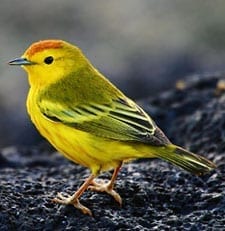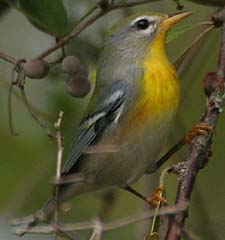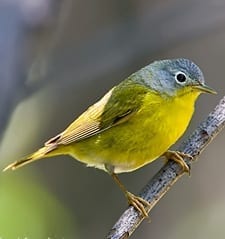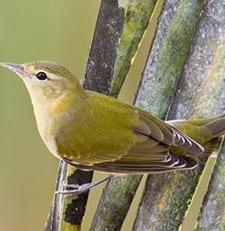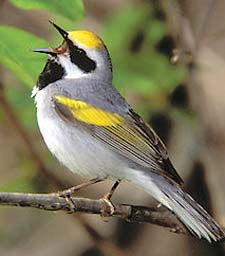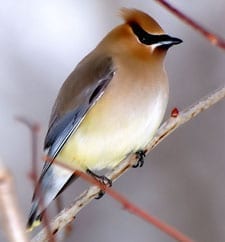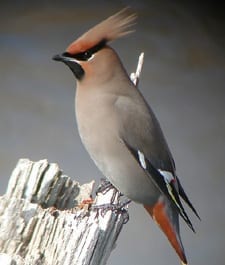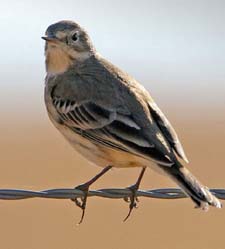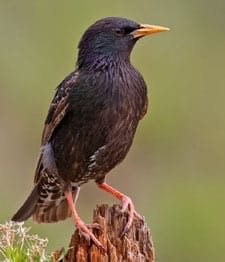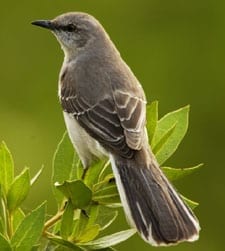Yellow Warbler
North America has more than 50 species of warblers, but few combine brilliant color and easy viewing quite like the Yellow Warbler. In summer, the buttery yellow males sing their sweet whistled song from willows, wet thickets, and roadsides across almost all of North America. The females and immatures aren’t as bright, and lack the [...]

